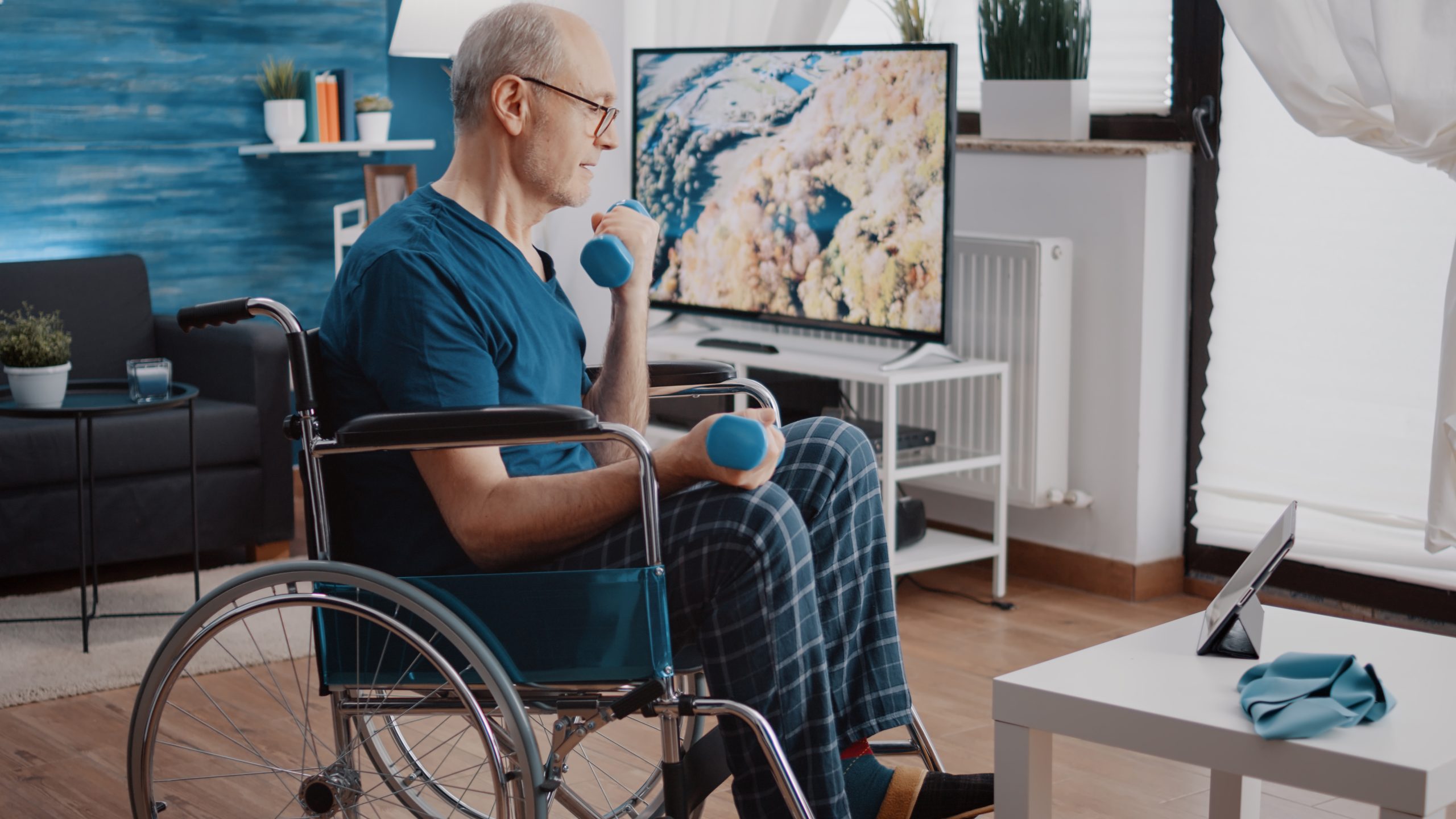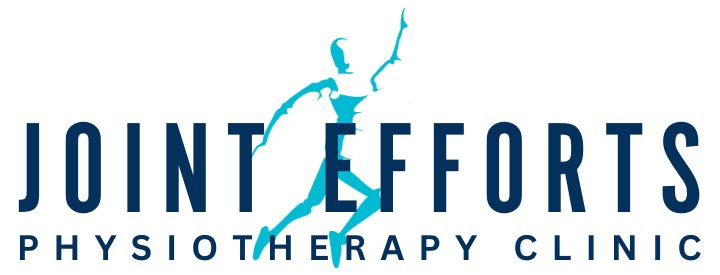Stroke and Paralysis

Best Physiotherapists for Stroke & Paralysis in Noida
Stroke and paralysis treatment with physiotherapy. For some people, it may sound impossible but for some, it is a ray of hope to improve mobility and reclaim normalcy. Physiotherapy is widely helping patients recovering from stroke and paralysis by providing personalized solutions and tailored exercise plans. Now, the question is where to find the best physiotherapy clinic in Noida? Well, Stroke is a life-altering condition and in Noida, you can find an effective solution at Joint Efforts Physiotherapy Clinic.
What is Stroke and Stroke-induced Paralysis?
A stroke is a disorder that occurs when there is an interruption in the blood supply to the brain. Due to a reduction in blood supply, the brain tissues cannot get an optimum supply of oxygen and necessary nutrients which may result in brain damage. Brain damage occurs because tissues in the brain start dying within minutes in the absence of oxygen. So, Stroke is a reason for functional impairment of the brain. As a consequence of Stroke, Paralysis occurs in the body and hinders proper muscle function in parts of the body. Physiotherapy combined with expert advice and tailored rehabilitation programs, ensures that stroke and paralysis patients can quicken their recovery process with a positive mind.
Benefits of Physiotherapy for Treating Stroke and Paralysis
Physiotherapy is a branch of treatment that provides relief to patients through physical activities. It is a holistic approach that when combined with medications and other treatments can provide the following benefits:
- Improved mobility and sense of independence.
- Improved muscle strength and enhanced coordination.
- Reduced risk of further injuries, joint stiffness, and muscle wasting.
- Accelerated recovery process through tailored rehabilitation exercises.
Diagnose Effectively: Use Digital Subtraction Angiography (DSA)
Digital Subtraction Angiography (DSA) is a quantitative technique used to evaluate blood vessels in the brain. It helps diagnose the extent of blood flow reduction and plays a highly effective role in identifying damaged or blood-deprived locations in the brain. DSA is performed by injecting a contrast dye into the blood vessels to take X-ray images to detect obstructions. After diagnosis, doctors plan a highly critical method to treat the problem.
Paralysis Treatment at Joint Efforts Physiotherapy Clinic, Noida
The Joint Efforts Physiotherapy Clinic offers the best physiotherapy treatments to treat stroke and paralysis in Noida and is famous for its personalized approach which is not only holistic in nature but also backed by science. Physiotherapy helps patients regain movement in muscles and joints, improve coordination, and gradually return to their routine life.
Below are the services and therapies provided at our clinic that make it the best hospital in Noida for stroke and paralysis care:
Our Services to treat Stroke and Paralysis
- Personalized Care: Caregivers at Joint Efforts Physiotherapy Clinic conduct a thorough assessment of the disorder and after that prepare a personalized plan that helps the patients in the recovery process.
- Improve Mobility and Function: Exercises are designed to provide strength to muscles and help in flexibility improvement and regain movement. These exercises help patients to perform daily activities independently.
- Enhance Balance and Good Coordination: Training programs are designed in a way that not only helps patients maintain good coordination in the body but also enhances balance to give stability.
- Pain Management: Therapies like heat therapy, massage, and electrotherapy are performed by experts to give instant pain relief and to ease discomforts associated with paralysis
Types of Paralysis Exercises
Exercise is the most important part of the treatment of Stroke and Paralysis. Based on the severity of the condition exercises are divided into the following parts:
1. Range of Motion (ROM) Exercises:
Range of Motion exercises are important to maintain flexibility and cure stiffness in the muscles and joints.
- Passive ROM: these exercises are prescribed to patients who are unable to move their limbs independently and need a caregiver to help them with full body movement.
- Active-Assistive ROM: In this type of ROM exercise patients can move their limbs with some assistance from a therapist.
- Active ROM: Active ROM is an important type of exercise that helps in muscle function and promotes flexibility. These exercises enable the patient to move their limbs independently.
2. Strengthening Exercises:
Strengthening exercises help in rebuilding muscle and promote endurance. These exercises involve Isomeric exercises, resistance training, and Functional training to help the patient maintain body weight, and muscle movement and enhance the strength of the body.
3. Balance and Coordination Exercises:
These exercises help in maintaining good posture and balance while sitting and standing. Therapists design the exercises to help patients coordinate their body function without any support. These exercises reduce the risk of falling by enhancing stability.
4. Cardiovascular Exercises:
During a stroke, maintaining good cardiovascular health is the most important. So, therapists prescribed exercises like Seated Aerobics, Swimming, wheelchair basketball, and water aerobics to help patients maintain their muscle strength without needing to stand. These exercises also help the patient maintain a good social life and reduce stress.
5. Flexibility and Stretching Exercises:
these exercises help prevent muscle contracture and help with flexibility. Exercises like PNF Stretching is an advanced kind of exercise that involves both stretching and muscle contracting exercises. Stretching exercises should be done with the help of physiotherapists.
6. Functional Mobility Exercises:
These exercises help patients perform daily tasks and learn the techniques of using wheelchairs and other posture-correcting furniture like chairs. For partial paralysis conditions, gait training is prescribed to help enhance the walking abilities of patients.
Precautions
- Always perform exercises under expert physiotherapists and caregivers to reduce the risk of injury.
- Start slow and improve the intensity of the workout gradually.
- Understand the need for a proper diet, rest, and good sleep to enhance the result of physical training.
- Stop working out if it causes any kind of discomfort and pain.
- Exercise enhances your physical health and also helps you maintain good mental health but you need to be consistent and positive about the results.
Conclusion
Stroke and paralysis are life-changing medical conditions that require patience, consistency, and a positive attitude along with comprehensive treatment. Rehabilitation strategies are designed by physiotherapists and expert caregivers to cure patients and help them with quick recovery. Advanced diagnostic tools like DSA have proven to be the most effective tool to check the reduction in blood flow to the brain. Physiotherapy is a cornerstone of paralysis rehabilitation and if you are looking for stroke and paralysis treatment in a” near me” location in Noida Joint Efforts Physiotherapy Clinic is your go-to place. Patients also understand the need for exercise in Stroke care and incorporate exercises with medications for fast recovery and pain management. A positive attitude along with a good exercise schedule helps improve the quality of life of patients and reclaim balance in life again.


